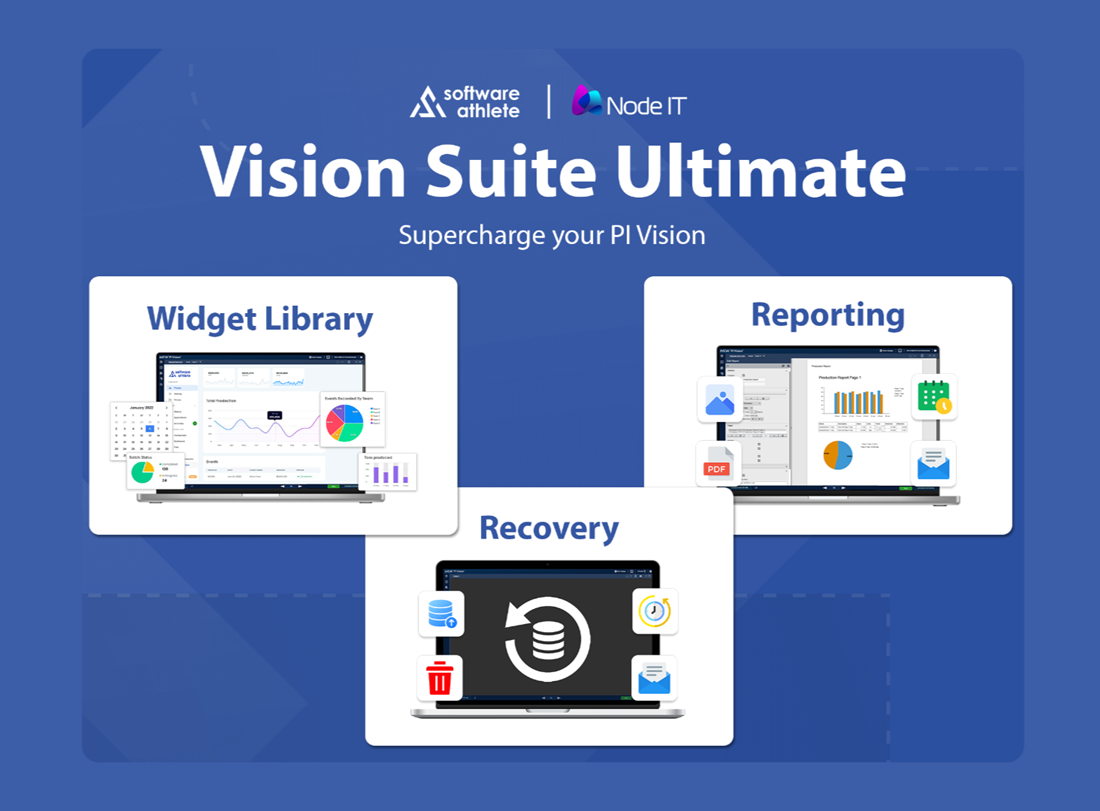Digital transformation can feel like a buzzword that’s hard to grasp and even harder to implement.
You may have seen digitalization to be defined as:
Leveraging digital technologies to transform and enhance business operations, processes, and services. Integration of digital tools and solutions to improve efficiency, productivity, and customer experience.
For sure, definition above has all the right buzzwords to look cool in company’s ICT roadmap. But it does not really help to understand on how to turn it into actionable, understandable and measurable roadmap. The NodeIT team members has been through every stage of the digitalization journey, from the first brainstorming sessions to full-scale implementation and optimization. Witnessing both the challenges and the incredible benefits when it's done right.
So, regardless if you are just thinking of starting it or have already been down that path for years, you’re in the right place. In this series of articles we will have a closer look into some of the steps you need to take along your digital transformation journey. This first article focuses right at the start. How to prepare and what key pieces are surprisingly often overlooked when planning the digital transformation roadmap.
I rather use the term digital transformation than digitalization, to highlight the change impacting both technology and the ways how people work. As I’m lazy typist, I will be using term digitalization from this point on while really meaning digital transformation.
It’s not a project, it’s a journey
Often people are referring to digitalization being a journey and for a good reason. In its' core, starting a journey requires same steps regardless if you are starting a multi-year digitalization project or just visiting grandparents in next town. You need a roadmap which will help you to navigate to your destination, as knowing where you are going usually helps to get there slightly smiling face.
Navigating through digitalization roadmap is kind of like navigating with normal street map, you need to answer same questions before starting either one:
- Why are we going?
- Where are we going?
- Who are involved in this journey?
- How do we get there? (We will look into this in future articles)
In corporate world, answers to these questions form a change strategy.
Change Strategy?
Change strategy is a guide for the whole organization to get started and how to navigate through the journey. It explains the drivers and goals which project is trying to achieve and specifies measurable outcomes to verify if and how well bojectives have been met. Outcomes are usually also the easiest way to explain the impact of the change to people in the organization.
- Change will require people to learn new tools, technologies or change their way of working. Well planned training helps people to adapt and even embrace the change.
- Identify risks and build mitigation plans to address them.
Most of these aspects are addressed with good project management framework, but I wanted to share my thoughts regarding some of change strategy items.
Drivers - Why are we going?
Before making big moves, it’s crucial to ask yourself: Why are we doing this? Understanding the motivation behind the change is essential. Drivers comes from company’s vision, supported by strategy & objectives. Is it to cut costs, improve efficiency, reduce downtime, or maybe all of the above? Without a clear reason, it’s easy to get lost in a sea of tech solutions that don’t actually solve your specific problems.
Knowing why you’re starting this journey helps keep everyone aligned and motivated. It also makes it easier to communicate the benefits of the transformation to your team, helping them understand why this change is important and how it can improve their daily work. Having whole business understanding and supporting the project straight from the start increases project's chances to success greatly by reducing inevitable resistance to change.
Drivers are motivations explaining why the change is needed.
Engagement - Who are involved?
This is maybe the most important and the most overlooked subject in Change Strategy. We have seen great projects with good intentions, ending failing due lack of buy-in in the organization, even when project delivered everything it was supposed to deliver. Digital transformation isn’t just about implementing new technology; it’s about changing how your team works. Change is never easy, especially when people have been doing things a certain way for years. This is why engagement is so important.
Your team needs to feel involved in the process, not like they’re having a new system or way of working forced upon them. Ask for their input, listen to their concerns, and keep the lines of communication open. By engaging with them early on, you create a sense of ownership and collaboration, which can make a huge difference in the success of your digital transformation.
Remember, the people on the ground—those managing assets and overseeing operations—know the ins and outs of the business. Their insights are invaluable when identifying where to focus on, what problems to fix. Plus, when they see their input being valued and acted upon, they’re more likely to support the change.
Maybe one of the reasons why people aspect is sometimes forgotten, is the tendency of digitalization projects being run by ICT focusing too much to technology. People aspect is also missing from several project management methodologies. For example; Integration of people was only added to PRINCE2 in 2023.
Another model to look into is Prosci’s ADKAR model; Awareness, Desire, Knowledge, Ability, Reinforcement.
Using ADKAR can improved projects success rates up to 40% and adoption rates to over 80%.
Goals and outcomes - Where are we going?
Once you understand drivers, it’s time to set some clear goals. And they need to be clear, not vague statements like “We want to be more efficient”. Think about what success looks like for your organization. Maybe it’s reducing downtime by 20%, cutting maintenance costs by 30%, or improving asset performance through real-time monitoring. Defining these goals as outcomes is important because it gives you something to measure your progress against. How will you otherwise know if you’re heading in the right direction or if you’ve arrived at your destination?
Defining goals together with stakeholders helps keeping focus on meaningful outcomes, so remember to also include representatives from the end user level to. Someone who's daily work is going to be impacted by the change. Good, continuous engagement with end users makes sure that project deliverables are fit for purpose and most importantly, reduces resistance by increasing awareness and knowledge of the upcoming change in the organization. When you have concrete goals, it’s easier to get buy-in from all stakeholders, from executives to end users. They need to see that the transformation is more than just a buzzword and that it’s tied to tangible, measurable outcomes that benefit the entire organization.
Wrapping Up: The Journey Begins with Small Steps
Digital transformation journey might feel daunting, but it doesn’t have to be. By assessing your current state, understanding the motivation behind the change, setting clear goals, engaging with your team, and actively working to reduce resistance, you set yourself up for success. And by turning this guide into a change strategy, you ensure that every step you take moves you closer to achieving your vision.
Remember, this isn’t about jumping on the latest tech trend; it’s about making meaningful, practical improvements that drive real value for your business and your people. So, take that first step—engage your team, define your goals, and start the journey. Your future, digital-ready self will thank you.
Sincerely,
The NodeIT team






